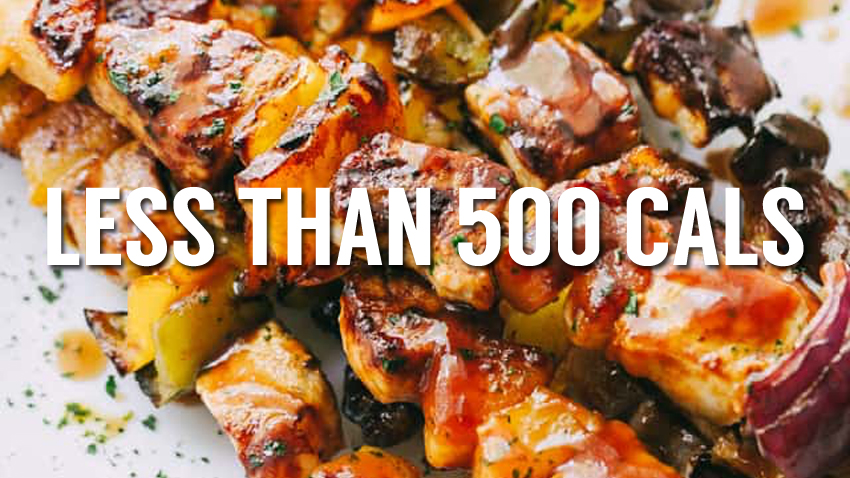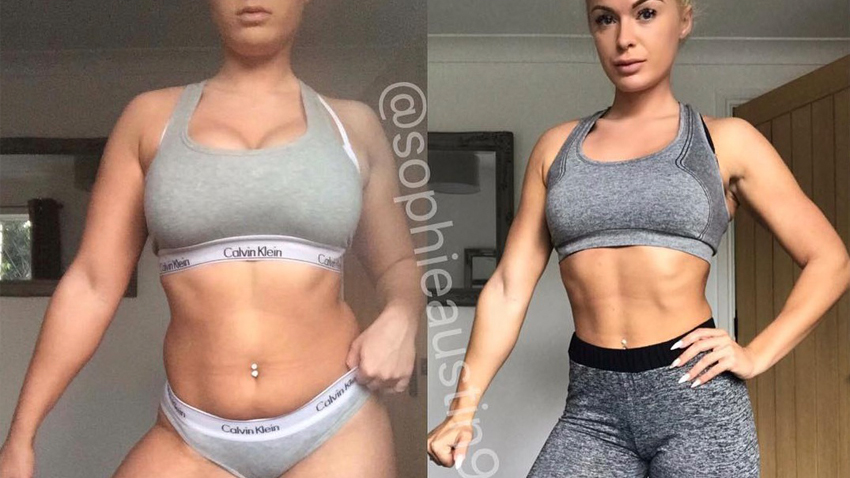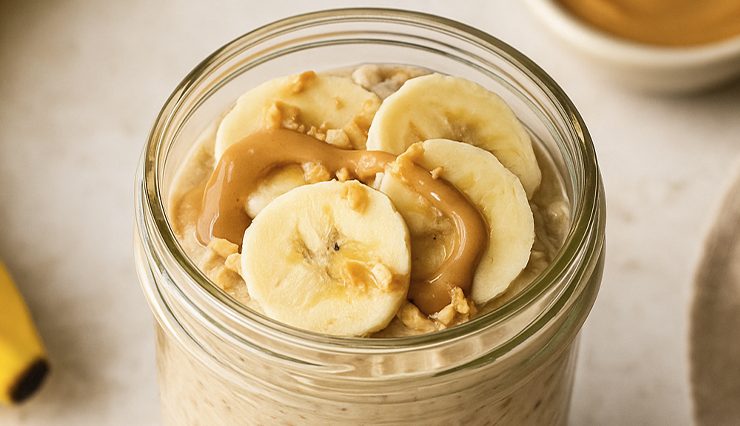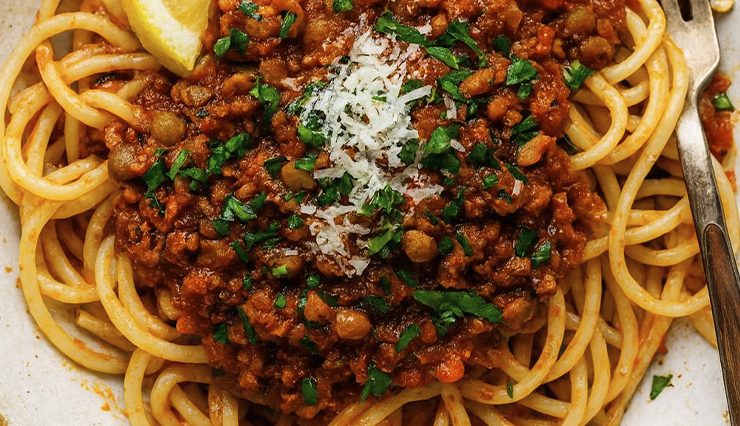Top 10 Intermittent Fasting Mistakes (And How to Fix Them for Real Results)
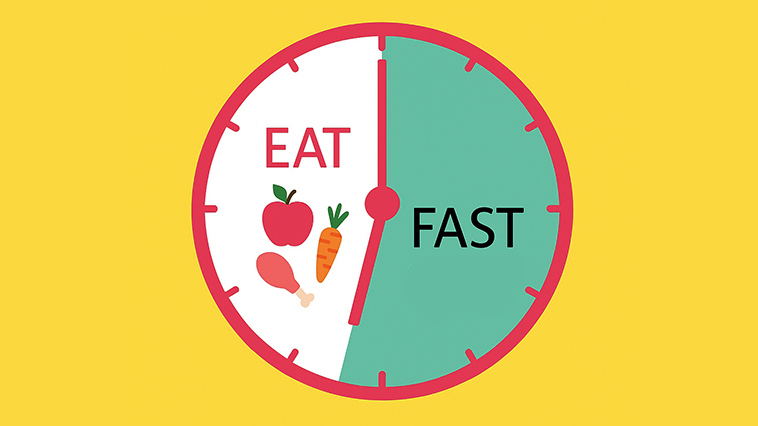
Trimmed&Toned Team.
Intermittent fasting has become one of the most popular approaches to weight loss and healthy living. It’s simple in theory: you eat within a set window and fast the rest of the time. But in practice, many people struggle to see results. Not because intermittent fasting doesn’t work but because they’re making common mistakes that stall progress.
The good news? Once you know what to look for, these mistakes are easy to fix. Whether you’re doing 16:8 intermittent fasting, experimenting with OMAD (one meal a day), or following a more flexible schedule, avoiding these pitfalls can make fasting easier, more sustainable, and far more effective.
In this guide, we’ll cover the top 10 intermittent fasting mistakes, explain why they matter, and give you practical fixes you can use right away. Along the way, you’ll find links to additional Trimmed & Toned resources, plus insights from leading health authorities like Harvard Public Health and the Mayo Clinic.
For scheduling guidance, check out our complete intermittent fasting schedule breakdown. And if you’re over 40, don’t miss our guide to losing weight after 40 without dieting.
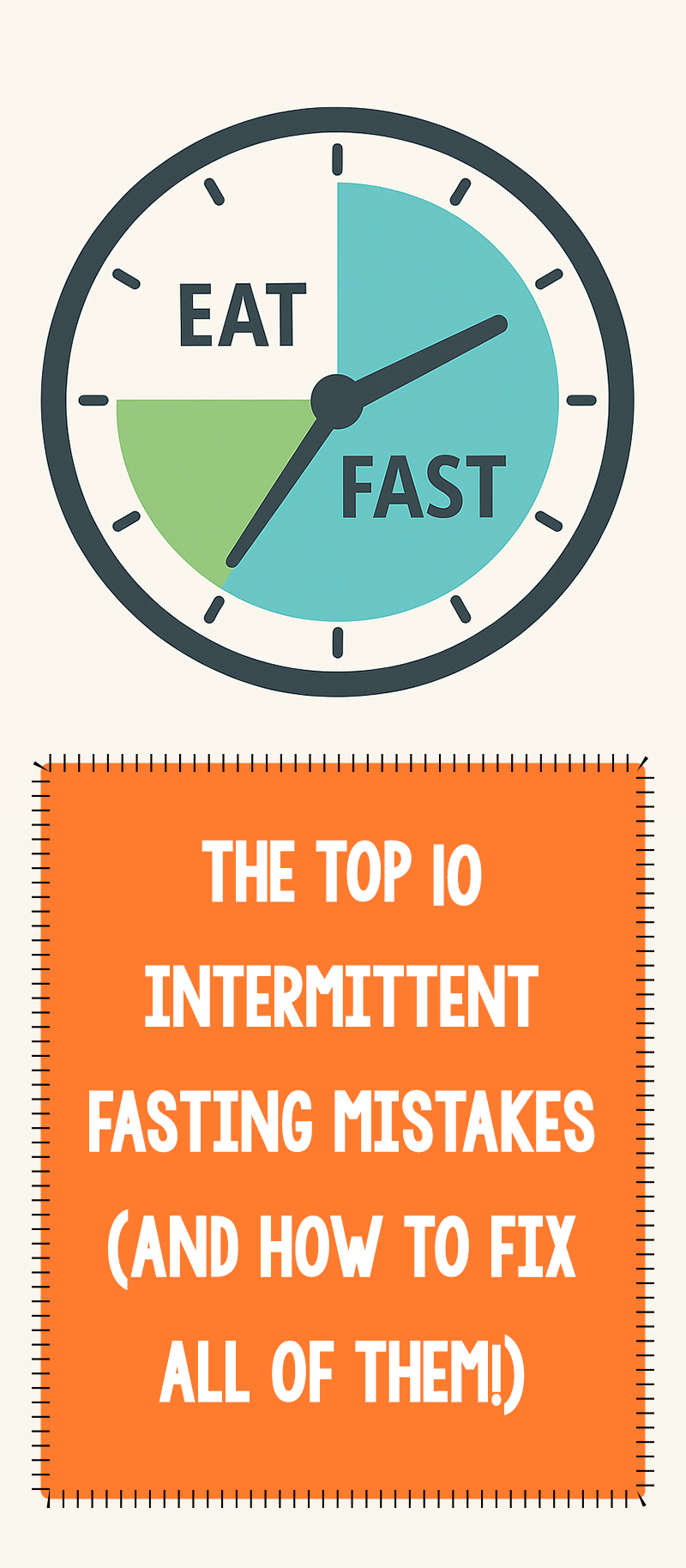
Mistake #1: Not Choosing the Right Fasting Schedule
One of the most common mistakes is starting too aggressively. Many people hear about OMAD (one meal a day) or 20:4 fasting and jump straight in. The result? Low energy, constant cravings, and burnout within days. Your body needs time to adapt to fasting, and choosing the wrong schedule can sabotage you before you even begin.
Why it matters: Fasting is a metabolic stressor. If your body isn’t prepared, it can feel overwhelming, leading to overeating during your eating window or abandoning fasting altogether. According to Harvard T.H. Chan School of Public Health, gradual adaptation to fasting schedules increases adherence and reduces dropout rates.
Fix: Start simple. Try 12:12 (12 hours fasting, 12 hours eating), then move to 14:10, and eventually 16:8 once your body adjusts. This step-by-step approach ensures your hunger cues, energy, and mood stabilize before taking on longer fasts. Our fasting schedule guide explains each method in detail and helps you find the right fit.
Mistake #2: Overeating During the Eating Window
Some people treat intermittent fasting as a free pass to eat whatever they want. “I fasted for 16 hours, so I can eat pizza, fries, and dessert, right?” Not quite. While fasting creates a calorie deficit, consistently overeating during your eating window can erase those benefits.
Why it matters: Weight loss comes down to energy balance. If you’re consuming more calories than your body burns, you won’t lose fat — even if you fast for 20 hours a day. In fact, studies show that many fasters end up unintentionally overeating, especially when breaking their fast with calorie-dense foods.
Fix: Focus on nutrient density. Break your fast with protein, vegetables, and whole foods that keep you full without spiking calories. For ideas, see our budget-friendly weight loss recipes and low-calorie dinners under 400 calories. These meals are filling, cost-effective, and designed to support weight loss.
Mistake #3: Drinking Calories During the Fast
This mistake is subtle but common: sipping on flavored lattes, fruit juices, or even “healthy” smoothies during your fasting window. Even small calorie amounts can break your fast and interrupt fat burning.
Why it matters: Intermittent fasting works by lowering insulin levels and giving your body time to use stored fat for energy. A splash of milk in your coffee might not ruin progress, but consistent calorie intake during fasting hours prevents you from experiencing the full benefits. The NIH notes that fasting is effective only when calorie intake is truly restricted during fasting hours.
Fix: Stick to zero-calorie drinks: black coffee, unsweetened tea, sparkling water, or plain water. If you crave flavor, add a squeeze of lemon to water or drink herbal teas that don’t contain sweeteners. For more guidance, read our guide to sugar-free smoothies — perfect for eating windows.
Mistake #4: Not Eating Enough Protein
When fasting, you have fewer meals to hit your protein targets. Many people under-eat protein, which can cause muscle loss, slower metabolism, and weaker weight loss results.
Why it matters: Protein preserves lean muscle mass and keeps you feeling full. Without it, fasting becomes harder, as hunger strikes sooner and weight loss may come from muscle instead of fat. According to research published in the Journal of Nutrition, higher-protein diets improve satiety and long-term fat loss outcomes.
Fix: Aim for 0.7–1g of protein per pound of bodyweight daily, spread across your eating window. Prioritize foods like lean meats, fish, beans, lentils, and protein shakes. For inspiration, see our protein source guide or protein-rich smoothies.
Mistake #5: Ignoring Micronutrients
It’s easy to focus only on calories and macronutrients, but vitamins and minerals matter too. With fewer meals per day, micronutrient deficiencies can sneak up quickly.
Why it matters: Nutrient deficiencies affect energy, mood, and immune function. For example, low magnesium and potassium intake can lead to fatigue and muscle cramps, while low iron may cause sluggishness. According to the NIH, micronutrient sufficiency is critical for sustainable weight loss and health.
Fix: Fill your plate with colorful vegetables, leafy greens, nuts, seeds, and fruits. Consider a multivitamin if your eating window is restrictive. For ideas, explore our list of 50 healthy foods that boost nutrient intake and fat loss.
Mistake #6: Being Too Strict Too Soon
Some beginners go “all in,” skipping meals even when hungry and pushing their bodies too far. This often leads to binge eating later, poor sleep, and frustration.
Why it matters: Fasting is a tool, not a punishment. If you push too hard, your body releases stress hormones like cortisol, which can actually hinder fat loss. The Mayo Clinic advises starting gradually and listening to your body to avoid negative side effects.
Fix: Be flexible. If you feel weak or overly hungry, break your fast with a small, healthy snack. This is far better than white-knuckling through and binging later. Over time, your hunger cues will adapt. See our weight loss after 40 guide for more on sustainable lifestyle changes.
Mistake #7: Not Drinking Enough Water
Fasting naturally reduces meal frequency, but many people forget that meals also contribute to hydration. Without realizing it, they drink less water during fasts, leading to fatigue and headaches.
Why it matters: Even mild dehydration affects performance, concentration, and mood. It also makes hunger feel worse. Studies published by the CDC show that hydration directly supports appetite control and energy levels.
Fix: Drink 2–3 liters of water daily, even when not eating. Add electrolytes if you’re doing long fasts or exercising heavily. Sparkling water and herbal teas can add variety without breaking your fast.
Mistake #8: Not Planning Meals Ahead
Many fasters underestimate the importance of meal prep. Without a plan, it’s easy to break your fast with whatever is convenient — often high-calorie, low-nutrient foods.
Why it matters: Fasting works best when paired with intentional eating. If you break your fast with processed snacks, your energy crashes, and cravings return quickly. This can lead to a cycle of overeating and frustration.
Fix: Plan and prep meals in advance. Having healthy options ready makes it much easier to stay consistent. Our beginner meal prep guide walks you through how to batch cook and store healthy meals that align with fasting.
Mistake #9: Forgetting About Exercise
Some people avoid exercise while fasting, fearing they’ll feel weak or dizzy. While adjustments may be necessary, skipping workouts altogether slows fat loss and reduces health benefits.
Why it matters: Exercise amplifies fasting benefits by increasing calorie burn, preserving muscle mass, and improving insulin sensitivity. The NIH has found that resistance training plus fasting promotes greater fat loss than fasting alone.
Fix: Include both strength training and cardio. You can train fasted (many people adapt quickly), or simply time workouts near your eating window. Try our HIIT cardio workouts or beginner home workouts for effective routines.
Mistake #10: Expecting Overnight Results
Perhaps the most common mistake is impatience. Many people step on the scale after one week, don’t see dramatic changes, and quit. Intermittent fasting is powerful, but it’s not a quick fix.
Why it matters: Weight loss happens gradually. Fasting improves insulin sensitivity, hormone balance, and metabolic health — but these take time. Harvard Health emphasizes that consistency, not intensity, drives sustainable results.
Fix: Track progress beyond the scale. Monitor waist measurements, energy levels, and how clothes fit. Use weight loss tracking apps to log progress. Stick with it for 3–4 weeks before judging results — the changes will compound.
Final Thoughts
Intermittent fasting can be transformative, but only if done correctly. By avoiding these mistakes and applying the right fixes, you’ll unlock faster fat loss, more stable energy, and sustainable results. Remember: fasting is a lifestyle, not a punishment. Start small, stay flexible, and focus on consistency.
Pair your fasting routine with proven strategies like our AI-powered meal planning, low-calorie dinner recipes, and budget-friendly meal prep ideas to make healthy eating effortless.
Trimmed&Toned Team.



